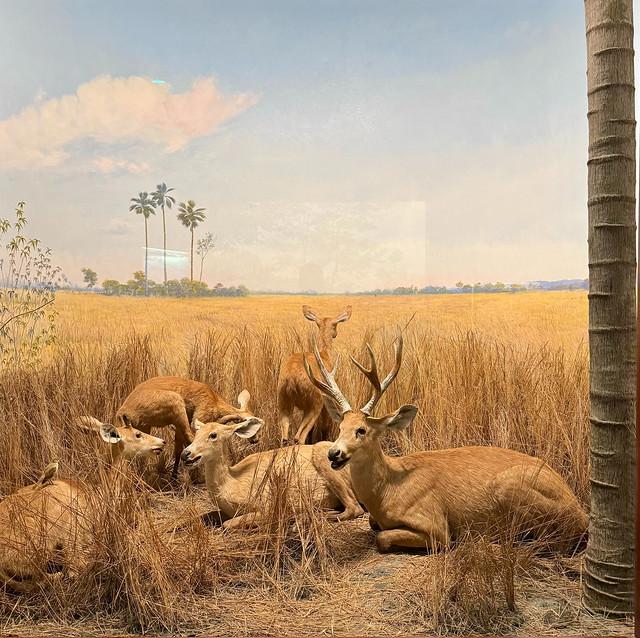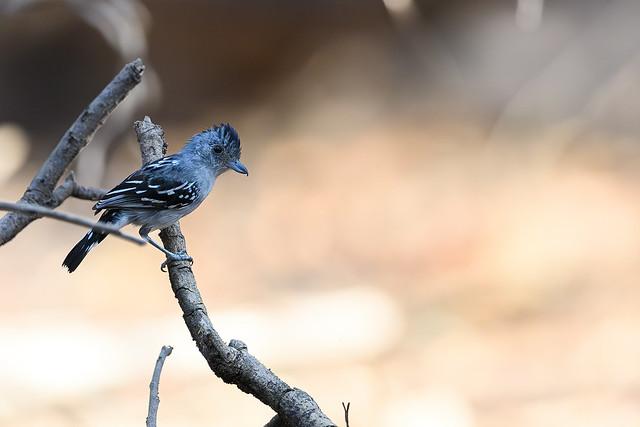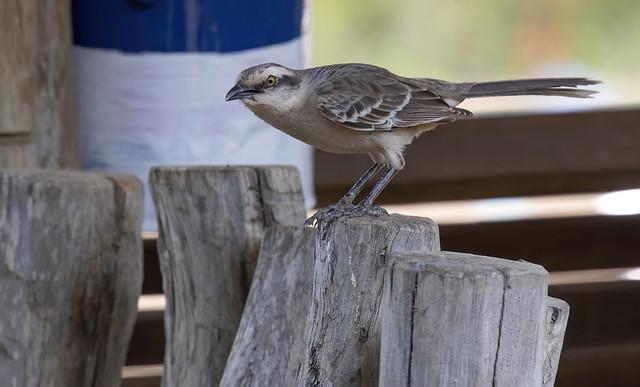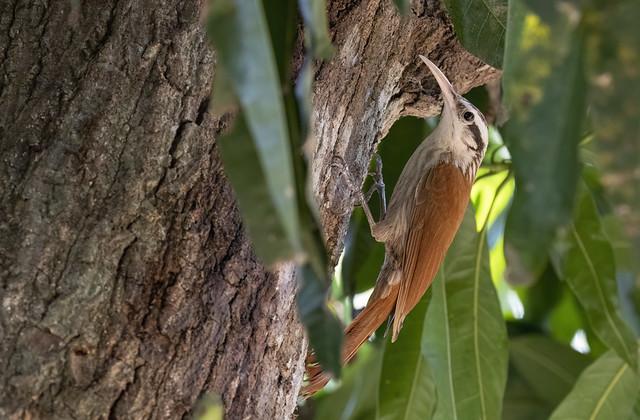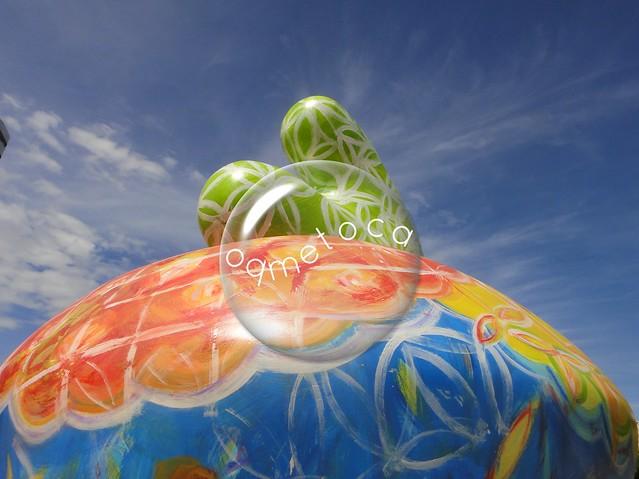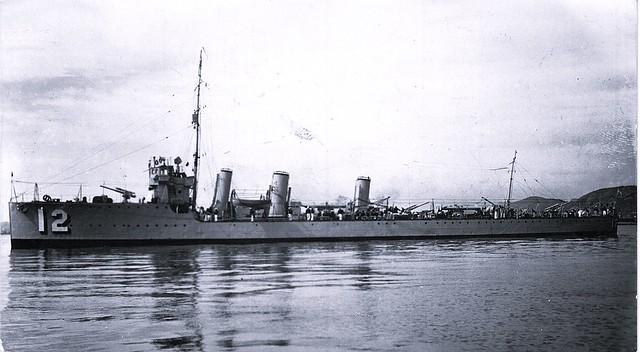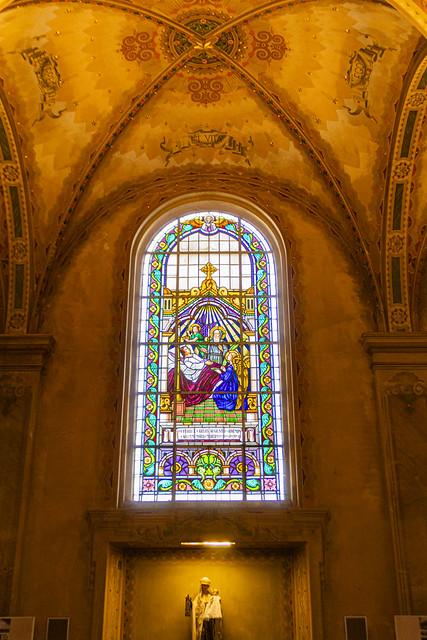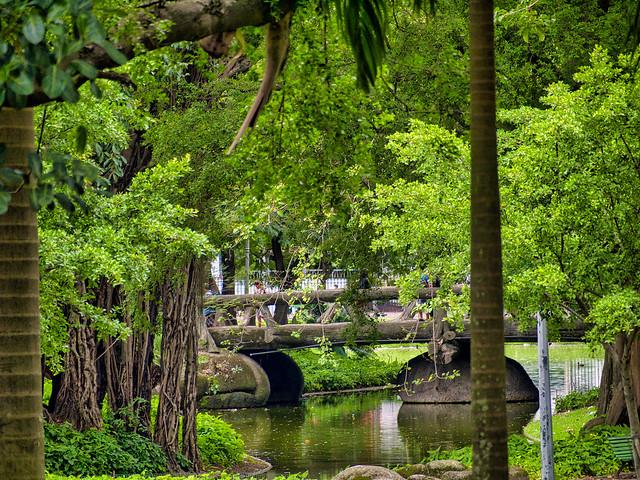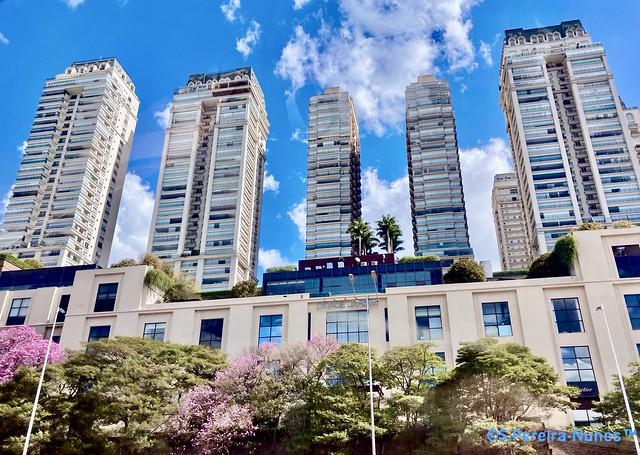Mato Grosso do Sul
Overview
Mato Grosso do Sul: A Natural Wonderland
Mato Grosso do Sul, located in the heart of Brazil, is a state that boasts a rich tapestry of natural beauty, diverse ecosystems, and vibrant cultures. Renowned for its stunning landscapes, the state is home to the Pantanal, the world's largest tropical wetland, which offers a unique opportunity to witness an extraordinary array of wildlife. From capybaras to caimans, and over 650 bird species, the Pantanal is not only a paradise for nature lovers but also a UNESCO World Heritage Site that highlights the importance of preserving its unique environment. The best time to visit is during the dry season, from May to September, when animals congregate around shrinking water sources, making wildlife spotting easier.
Cultural Melting Pot
Mato Grosso do Sul is a vibrant blend of cultures, influenced by indigenous heritage, European settlers, and Afro-Brazilian communities. The state is particularly known for its indigenous tribes, such as the Guarani and the Kaiowá, who continue to play a significant role in the local culture. Travelers can explore indigenous communities and learn about their traditions, crafts, and ways of life, providing an enriching experience that connects them to Brazil's deep-rooted history. Festivals, such as the Festa Junina and the Cavalhadas, showcase lively music, dance, and traditional foods, giving visitors a taste of the local customs and celebrations that fill the air with joy and color.
Historical Significance
The history of Mato Grosso do Sul is intertwined with the expansion of Brazil’s borders. The state was formed in 1977 when it split from the larger state of Mato Grosso, but its historical roots trace back to the Portuguese colonization in the 16th century. The region played a crucial role in the rubber boom and later became a center for agricultural activities. Historical towns like Corumbá and Bonito reflect the colonial past with their charming architecture and laid-back atmosphere. Corumbá, located near the Bolivian border, is an important river port and offers insights into the region's economic history and the influence of the Paraguay River on trade and transport.
Adventure and Ecotourism
For those seeking adventure, Mato Grosso do Sul is a playground for outdoor enthusiasts. The state is dotted with national parks and ecological reserves, such as Serra da Bodoquena National Park and Pantanal Matogrossense National Park, where visitors can hike, kayak, and go birdwatching in breathtaking surroundings. The clear waters of the Rio da Prata invite snorkeling enthusiasts to explore vibrant underwater ecosystems, while the cascading waterfalls and limestone caves provide picturesque settings for exploration. The region is also famous for its ranches, or 'fazendas,' where travelers can experience the life of a cowboy, known as a 'pantaneiro,' and participate in horseback riding, fishing, and traditional cattle herding.
Culinary Delights
The culinary scene in Mato Grosso do Sul is as diverse as its culture. The state offers a unique fusion of flavors, heavily influenced by indigenous ingredients and traditional cooking methods. Visitors should not miss trying local specialties such as tereré, a refreshing drink made from yerba mate, typically served cold, and picanha, a popular cut of beef grilled to perfection. The region also boasts a variety of fish dishes, thanks to its numerous rivers and lakes. Street food is prevalent, with options like pastel (fried pastries) and pamonha (corn pudding) providing a delightful taste of local life.
Warm Hospitality
The atmosphere in Mato Grosso do Sul is welcoming and friendly, with a slower pace of life that allows travelers to immerse themselves in the local experience. The people here, known for their warmth and hospitality, are eager to share their stories and traditions. Whether it's a local guide sharing insights into the Pantanal or a family inviting you to their home for a traditional meal, the connections made here often leave lasting memories. Visitors will find that the blend of nature, culture, and community creates an inviting environment that encourages exploration and appreciation of this unique Brazilian state.
How It Becomes to This
History not available

You May Like
Explore other interesting states in Brazil
Discover More Area
Delve into more destinations within this state and uncover hidden gems.


